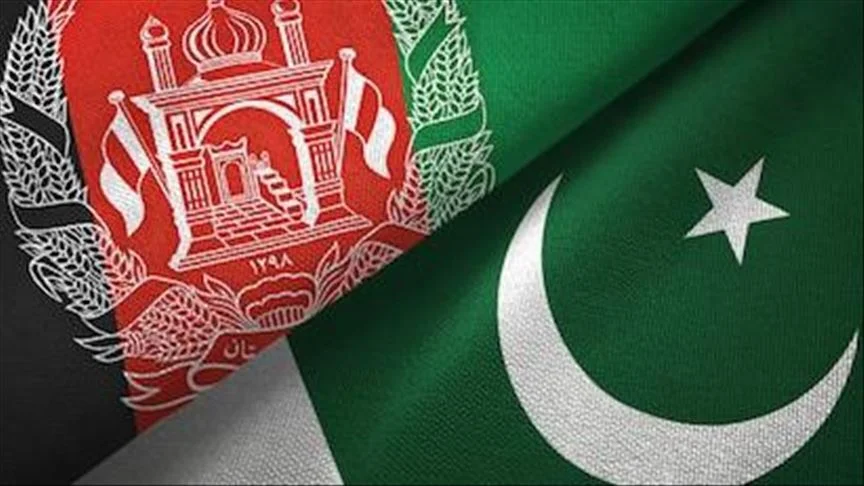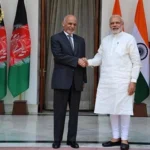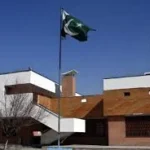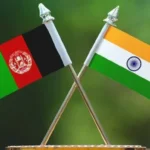Pak-Afghan region has for much of living memory remained in focus due to its volatility. While Afghanistan and Pakistan as nation-states only emerged in the 20th century, the frontier that exists between modern-day northwestern Pakistan and Afghanistan was for several preceding years a famed coliseum for a series of expeditions and contests between British-Indian troops against the fiercely autonomous tribesmen that inhabited this treacherously mountainous region. In an ironic contrast with the western stereotypes, which don’t seem to distinguish much between the two now distinct entities, in particular the almost legendary notions about the Pashtun tribes characteristic of the region, the strained bilateral legacy that informs much of the local discourse at present is notable.
However wrongly construed are such foreign sentiments, they do highlight an aspect often domestically overlooked: common ground.
Tale of Twins: Common Ground
To begin with, the two countries share a lengthy border spanning 1510 miles (2430 km) along the southern and eastern boundaries of the Afghan territory. The Pashtuns and Balochs constitute the two major ethnic groups that are present on both sides of the border. In Pakistan, the Pashtun population exceeds 36 million people, while in Afghanistan they form the country’s majority with more than 15 million people. The Balochs have a population of approximately 6.8 million in Pakistan, while in Afghanistan they make up somewhere between 500,000 to 2 million people. Apart from common ethnic denominations, both countries are predominantly Muslim, with over 95% of their respective population adherents of the Islamic faith. The similarities in religion, as well as ethnic, linguistic, and cultural resemblances, have imparted to the region a common profile. Moreover, the tragic experience of war, compounding the socio-economic miseries of the people, is another shared aspect. Indicators of human development, such as years of schooling, life expectancy at birth, and gross national income, do not exemplify a pleasant portrayal of the two nations, with both faring poorly on Human Development Index (HDI) rankings.
Afghanistan\’s experience with foreign invasions, and intermittent civil war in the span of the last 40 years, has led to widespread skepticism of the Pakistani state, and whilst humanitarian overtures have been made, mistrust and accusatory undertones have persisted in the mass narrative around Pakistan.
Development assistance from Pakistan to Afghanistan has so far been worth at least $1 billion. In the healthcare sector, Pakistan made nearly $24 million worth of contribution in 2019 alone, when Afghanistan’s second-largest Jinnah Hospital with a 200-bed capacity was inaugurated in Kabul.
As far as offering support in educational development, some of the projects include the Rehman Baba School and Hostel, Kabul costing Rs120 million; Liaquat Ali Khan Engineering Faculty Block, Balkh University; Allama Iqbal Faculty of Arts, Kabul University for Rs672 million; Sir Syed Post-graduate Faculty of Sciences, Nangarhar University for Rs389.65 million; in addition to six primary schools and two vocational training institutes in Kabul and Baghlan.
According to a report by European Union Agency for Asylum (EUAA), there were approximately 3 million Afghan refugees in Pakistan, as of January 2022. Among these, around 1.4 million of them are Proof of Registration (PoR) cardholders, approximately 840,000 hold an Afghan Citizen Card (ACC), and approximately 775,000 are undocumented.
It is evident from the developments in the region in the last few years that positive engagement, crucially in matters of sensitive nature, such as security, is paramount for both countries to redirect attention to the local populace and address their ceaseless suffering.
Current Threats and Pakistan’s Concerns
Afghanistan, currently reeling from the mounting threats posed by the Islamic State of Khorasan Province (ISKP), is to an extent, in a position to comprehend Pakistan’s due concerns with the apparent liberty the Tehrik-i-Taliban Pakistan (TTP) enjoys in the former’s territory.
Soon after assuming power, the Afghan Taliban released over 2000 TTP commanders previously incarcerated by NATO forces. After enjoying relative peace for nearly 6 years, attacks orchestrated by TTP increased by 56% in 2021, as per Pakistan Institute for Conflict and Security Studies (PICSS), with statistics revealing 294 attacks during the year, in which 395 people were killed out of which 186 were civilians, and 192 were security forces personnel. Furthermore, 629 people were injured, including 400 civilians and 217 security forces personnel.
In light of such data, there is an inkling of hope, that only economic interdependence will change the fate of the region, and its inhabitants, provided there is a consensus in policy circles on either side to seek a departure from the traditional pursuit of strategic depth.
In an evolving world, with diverse nations and leaderships, the laws of nature still occupy a quiet subsuming authority, especially the capability to replace the old with the new. Undoubtedly, those holding, in the existing timeframe, the reins of power, will change; but it will not be of significance unless there is a marked shift in conceptual imagination of ‘power’. An emerging generation of Afghanistan and Pakistan is in peril of being indoctrinated with the abhorrent culture of blame games, which has hitherto dominated much of their shared history. Incredibly, there is now time for the same youth to be nurtured in a cordial environment to charter a collectively productive course and prove to be the silver lining the region has long been waiting for.
Your go-to editorial hub for policy perspectives and informed analysis on pressing regional and global issues.





Add a Comment